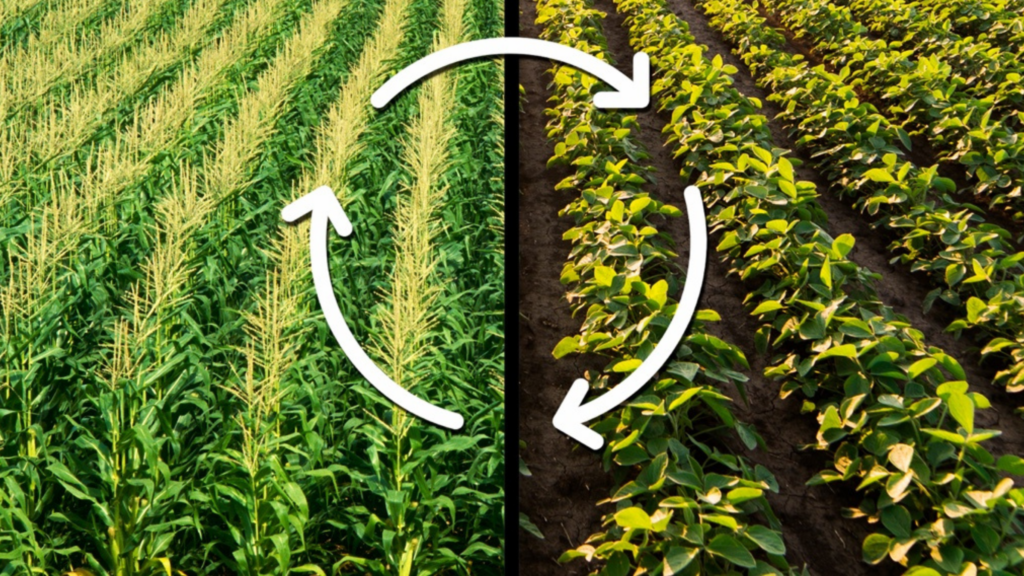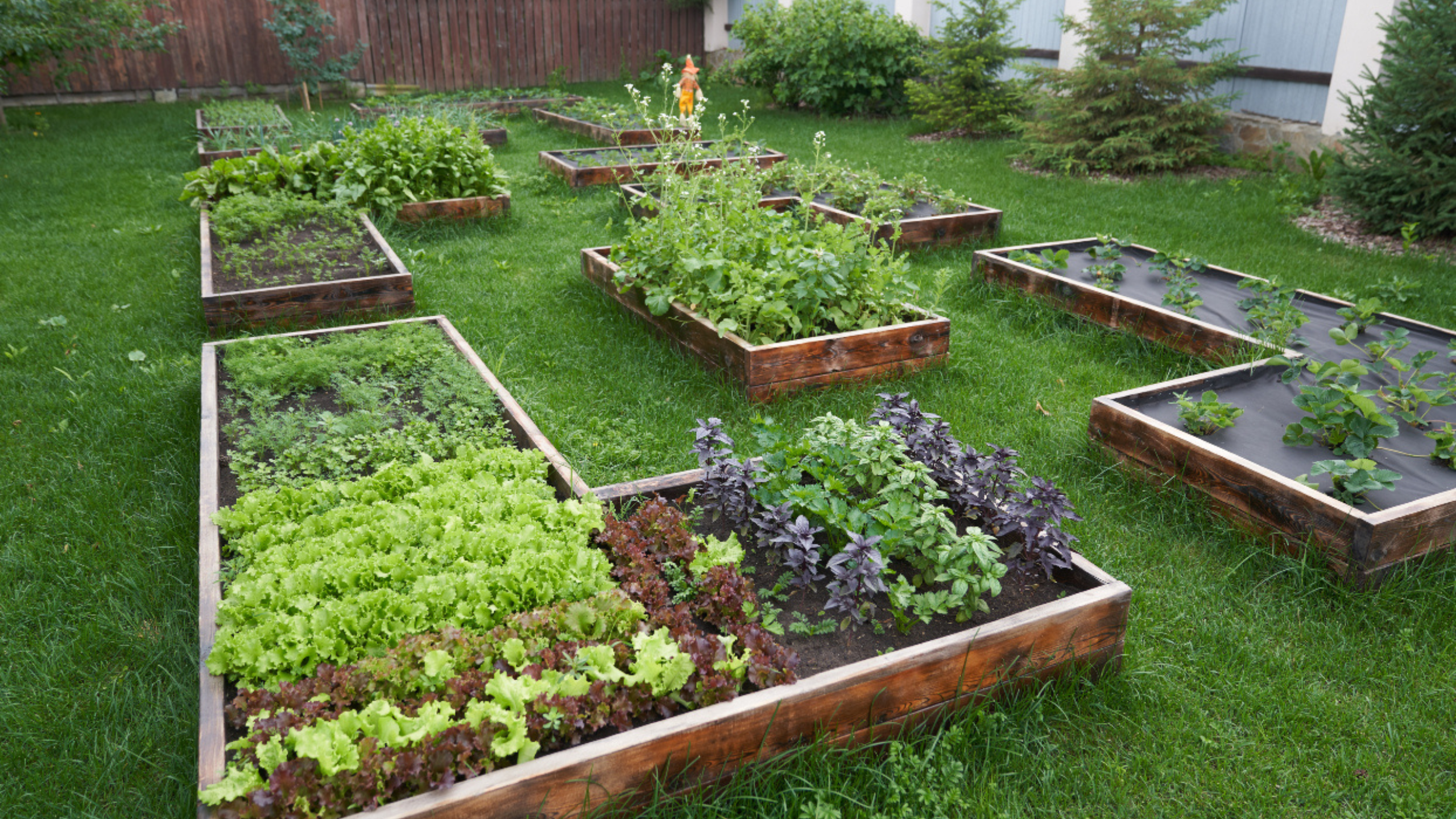Ready to boost your garden’s health and yields? Crop rotation is the answer! By strategically rotating your crops, you can improve soil fertility, reduce pests, and minimize diseases. Here’s a simple, step-by-step guide to get you started:
1️⃣ Divide Your Garden 🌱: Split your garden into four distinct beds or sections. This makes rotation easier to manage.
2️⃣ Year 1: Plant Your First Crops 🗓️:
* Bed 1: Legumes (beans, peas) – They add nitrogen to the soil!
* Bed 2: Root Vegetables (carrots, beets, onions) – Great for breaking up the soil.
* Bed 3: Fruiting Vegetables (tomatoes, peppers, squash) – They need lots of nutrients.
* Bed 4: Leafy Greens (lettuce, spinach, kale) – They prefer soil rich in nitrogen.

3️⃣ Year 2: Rotate Accordingly 🔄:
* Move leafy greens to Bed 1, legumes to Bed 2, root vegetables to Bed 3, and fruiting vegetables to Bed 4.
4️⃣ Year 3: Keep the Cycle Going ♻️:
* Continue rotating: fruiting vegetables to Bed 1, leafy greens to Bed 2, legumes to Bed 3, and root vegetables to Bed 4.
5️⃣ Year 4: Complete the Rotation 🏁:
* Finish the cycle: root vegetables to Bed 1, fruiting vegetables to Bed 2, leafy greens to Bed 3, and legumes to Bed 4.
6️⃣ Repeat Annually 🗓️: Keep rotating each year to maintain soil health and prevent pest and disease buildup.
With a little planning, you can enjoy a healthier, more productive garden year after year. Happy gardening! 🌻🎉


1 thought on “Unlock Bountiful Harvests: Your Simple Guide to Crop Rotation”